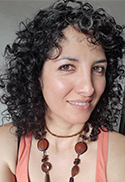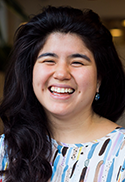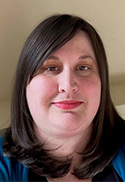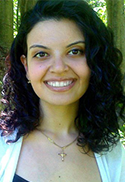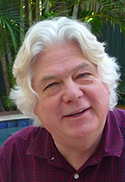
“Learning definitely improved my well-being, and that’s something I want to help others experience through my career and volunteer work.” - Dima Ilchuk, SCS learner.
When Dima Ilchuk came to Canada from Kyiv, Ukraine, he knew he wanted to work as a public servant and further his education. With a background in international banking, and a master’s degree in Economic Cybernetics, he was eager to embrace new learning opportunities in Canada. “I had very little when I came here, but I never gave up on the hope that this country would offer me something greater than I could have ever expected,” reflects Dima. “To gain experience working in Canada, I started out by volunteering my financial skills, hosting free tax clinics for eligible members of the Toronto community. Later, I won a professional competition for a basic trainee role for one of the biggest municipalities in Ontario. This led me towards my goal of working as a public servant and supporting my new city.”
Knowing that gaining some Canadian credentials would help him grow his skills and support his career goals, Dima began pursing his Master's in Public Administration at the Royal Military Canadian College in 2021. “Over the past five years, I’ve held roles at the municipal and federal levels– including time volunteering for the Ministry of Defense as a Civilian Military Logistic Coordinator, supporting humanitarian aids projects. I’m currently working in the Ontario Justice System. With my team, I’m responsible for coordinating services between this division and Toronto enforcement agencies. However, in 2020 when the pandemic hit, I started serving as a front-line worker under Covid-19 Redeployment Assignment in Scarborough, supporting a Self-Isolation Center,” shares Dima. “Today, I’m back in my regular role, however this experience really expanded my perspective, and strengthened my desire to serve my community. I was ready to expand my skills even further through continuing education, which is why I came to the School of Continuing Studies.”
In 2019, Dima began pursuing a International Project Management Certificate at SCS. “I wanted to improve my project management competencies, develop a deeper professional network, and explore new ways to use my skills,” recalls Dima. “I really connected with my teachers, especially Peter Monkhouse. I found his views and advice very applicable to my daily work. The SCS administration team was there for me any time I had a question or needed support. I also grew a social network, and stay connected to my classmates. I’m using the skills I learned every day at work, but I also learned about new aspects of project management that I may want to explore in the future.”
Dima completed his certificate in 2021, and is scheduled to complete his second masters in 2023. He remains committed to serving his community, especially veterans. “I’m a volunteer and mentor for a veteran community educational project in Toronto and New York. In this role, I use my project management skills to coordinate English classes and assistance activities to help wounded newcomer veterans with PTSD. The goal of our project is to provide them with their first job in an IT company, with a focus on re-adaptation and socialization,” says Dima. “Continuing education has allowed me to thrive in both my career, and in my personal pursuits. I’m a big advocate that there’s a strong link between education and health. After serving as a frontline worker during 2020, I experienced a lot of difficulty. Coming to SCS and focusing on my education helped me re-establish healthy behaviors and actually reduced my stress. Learning definitely improved my well being, and that’s something I want to help others experience through my career and volunteer work.”



![[Professor Olivier Trescases (far right) stands in the University of Toronto Electric Vehicle Research Centre with (left to right) PhD Candidate, Zhe Gong; Wendy Baker, Associate Director Business Development, School of Continuing Studies; and Nick Cusimano, Research Associate. Trescases will teach a course on electric vehicles for Porsche Centre employees. (Photo: Porsche Canada)]](/sites/default/files/styles/large/public/images/2022-05/picture1.jpg?itok=6wjfuome)


